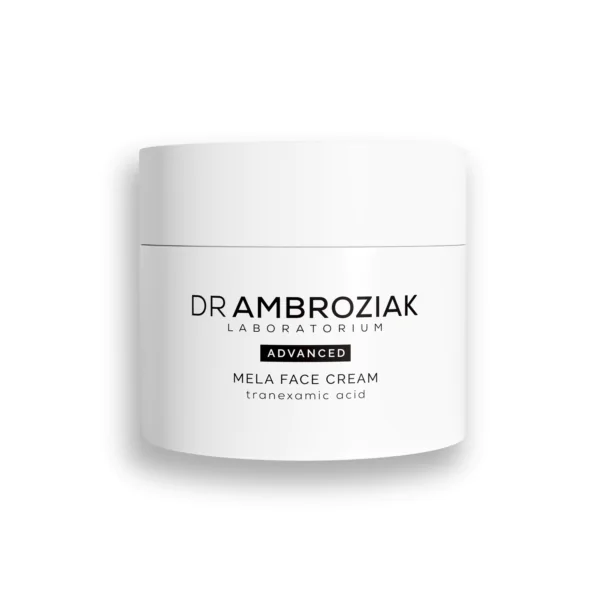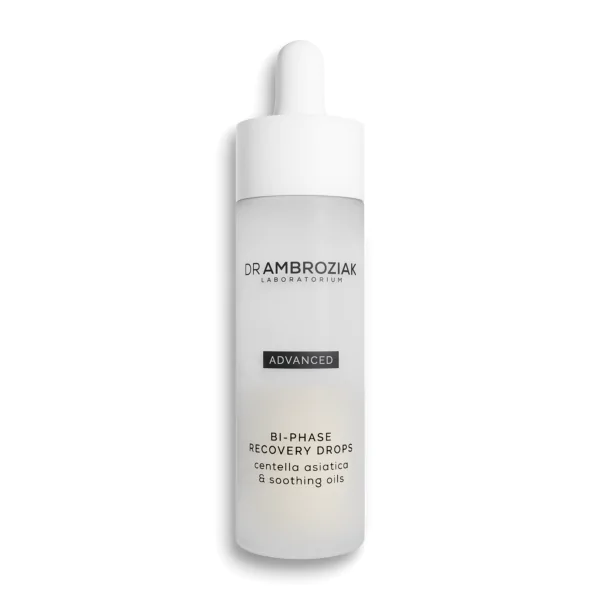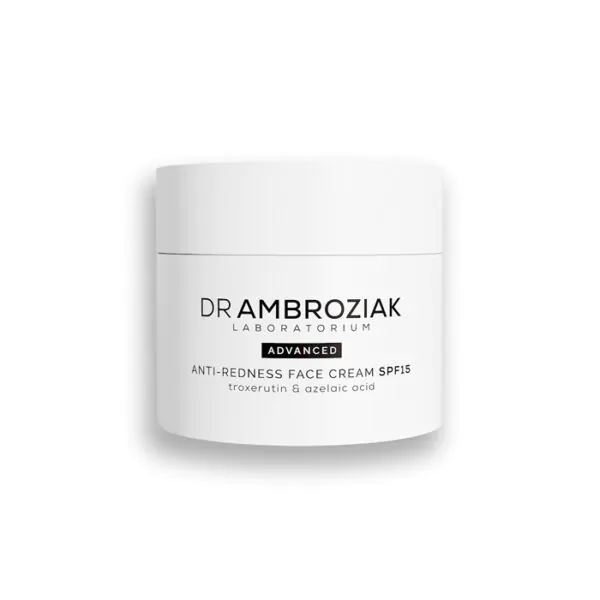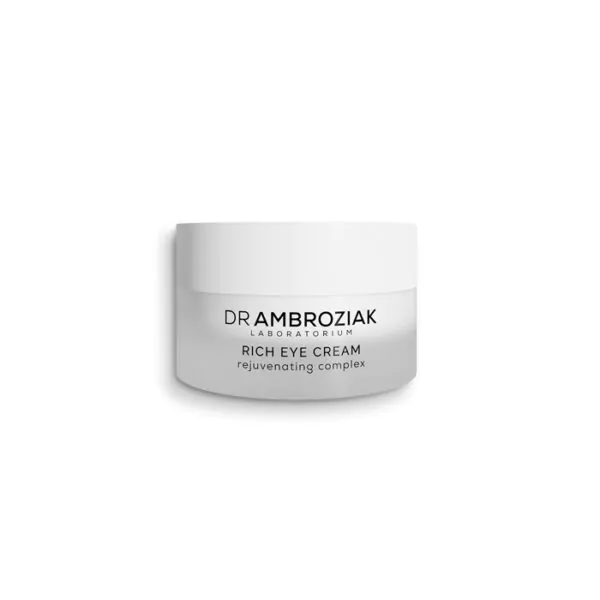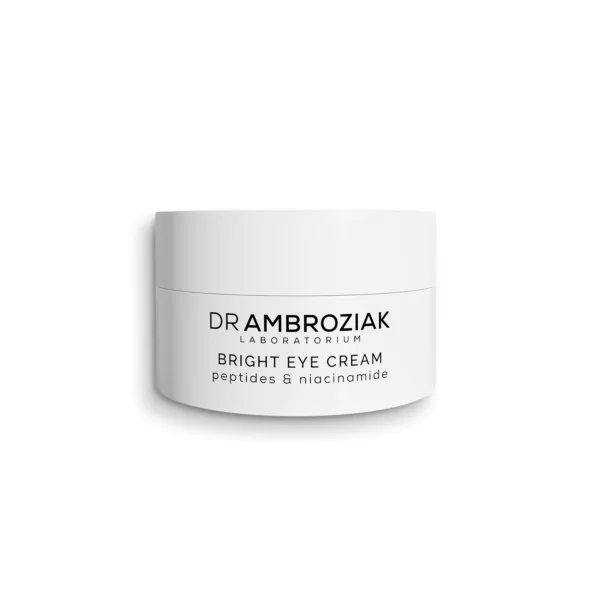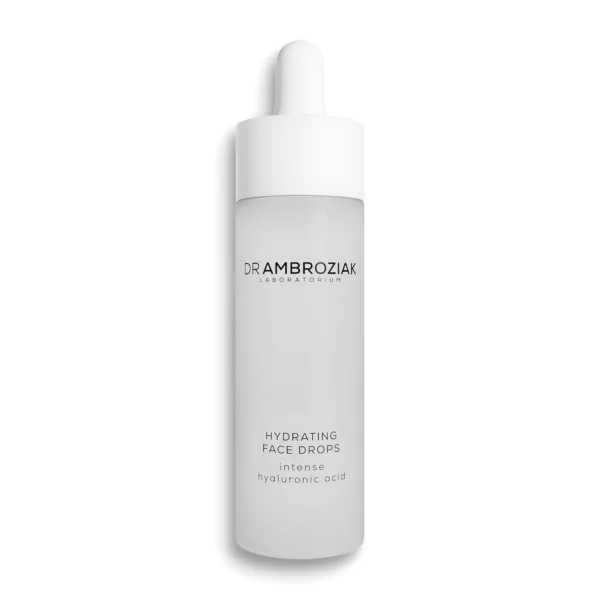Breast augmentation with implants
Breast augmentation with implants is the most frequently performed plastic surgery procedure in the world. The surgery serves to increase fullness and elevation of breasts, improve the proportions of feminine silhouette and, thus, increase the sense of self-attractiveness and self-confidence.
Loss of breast volume is very common after pregnancy and breastfeeding, but in many women it is a problem which exists already since the period of puberty.
Besides breast augmentation for aesthetic reasons, breast implants can also be used for breast reconstruction, for example after mastectomy due to breast cancer.
Why is it worth it?
Breast augmentation with implants is a surgery for life. It lets each patient can feel self-confident and attractive. State of the art inserts used in breast augmentation give a very realistic shape and allow the desired look last for many years, while the possibility to choose the implant size guarantees maximum satisfaction.
What do you need to know?
Location
Price
Problem solved
How often repeat
Duration time
Effects
Results of breast augmentation are visible immediately after the operation. There may be a feeling of swelling and tightness of the breasts for the first few days after surgery. As a result of surgical trauma, bruising may occur and temporary pain may be experienced. These symptoms are a natural consequence of the operation and disappear within a few days afterwards, while the breasts become less tight and more natural when touched. Over time, scars formed in the surgical incision lines become less visible, with the help of regular skin care. Current breast implants have a lifetime guarantee and, in the absence of damage or other worrying symptoms, it is assumed that they will not need to be removed or replaced. However, it should be taken into account that, over time, the shape of enlarged breasts may change due to aging, hormonal changes or pregnancy and breastfeeding. In this case, an additional operation to lift the breasts or to replace the breast implant may become necessary.
Book consultation!
FAQ
When qualifying for surgery, the plastic surgeon uses appropriate measurements to determine the ideal shape and size of breast implants. The main types of implants used include: saline implants - filled with a sterile saline solution, now used less frequently; silicone implants - filled with silicone gel encapsulated in polyurethane. The silicone gel used currently has a chemically modified structure that prevents leakage even if the implant's envelope is broken. This kind of filling gives a tactile sensation more similar to the natural structure of a woman's breast. Breast implants can also be divided on the basis of: (a) areola surface texture - smooth or textured. Smooth-surfaced implants feel softer when palpated and can move within the pocket created for them, creating a more natural sensation when the breast moves. Textured surface of the implant creates a connective tissue capsule around the implant over time, which prevents excessive displacement. This texture also reduces, to some extent, the risk of shrinking of the capsule around the implant. b) shape - round implants (giving the effect of fuller breasts) and anatomical, teardrop shaped implants, closer to the natural shape of the breast. The breast augmentation surgery takes app. 2 hours. After the procedure, dressings are placed on the breasts and a special modelling bra. The patient stays at the Clinic for 1 day, and the convalescence period lasts about 14 days; return to significant physical effort should not take place sooner than one month after the operation. Anaesthesia The procedure is carried out under general anaesthesia. Before anaesthesia, the anaesthetist connects a monitoring device that continuously monitors the patient's condition during anaesthesia. This usually involves endotracheal intubation, which involves inserting an endotracheal tube through the mouth into the trachea - organ of the respiratory system that supplies air to the lungs. Once the operation is completed, the anaesthetist stops administering drugs maintaining general anaesthesia. It is sometimes necessary to administer drugs to reverse the effect of the anaesthetic. After waking up, the patient's own breathing appears and consciousness returns. The anaesthetist removes the endotracheal tube after carefully assessing the patient's condition. Surgical cuts After the anaesthesiologists have anaesthetised the patient, the surgeon proceeds to the main stage of the operation. The aim is to make cuts that will leave the least visible scars, hidden in natural folds of the body or at the borders of tissues of different colour. These are most commonly made around the areola of the breast or a cut is made in the subpectoral fold. The incision can also be made within the axillary fossa, but due to a potential higher risk of complications, this technique is chosen less frequently. Exact location of the incisions also depends on individual anatomy of the chest and breasts in a given patient. Preparation of the space for the implant and placement of the implant The implant may be placed: A) under the pectoral muscle, or B) directly under the mammary gland tissue. Due to a greater quantity of tissue coverage, it is preferred to place the implant in a carefully measured and prepared pocket under the greater pectoral muscle. The choice of insert position also depends on the shape and size of the implant. Preferred incision lines and implant placement are always agreed with the operating surgeon during preoperative consultation. Closure of the incision line After detailed haemostasis (closure of blood vessels), the surgeon sutures the wound in layers. An intradermal suture is usually placed over the skin to give the best aesthetic postoperative scar. Thin drains are sometimes inserted into the breasts to prevent possible accumulation of fluid around the implants. These are usually removed in the first few days after surgery.
POSTOPERATIVE INDICATIONS AFTER THE BREAST AUGMENTATION SURGERY 1. Someone you trust needs to drive you home and take care of you for 1-2 days. 2. Throughout the recovery period, eat a balanced diet with plenty of liquids. 3. Only take the medicines prescribed by the doctor. Do not take aspirin or medicines causing blood coagulation disorders or bleeding. 4. Do not drink alcohol for 3 weeks after the surgery. 5. Do not smoke or stay nearby smokers until the end of the healing process. Physical activity 1. Start walking as soon as possible, as this will reduce swelling and the possibility of blood clot formation. 2. Do not drive a car while taking strong analgesics. 3. Do not drive a car for 1 week after the surgery. Once you start driving again, keep your hands low on the steering wheel, and your arms down. 4. Wash your hair without raising your arms above the shoulders. 5. Take care not to make the operated area wet while taking a shower. 6. Avoid physical activity causing increased blood pressure, including bending forward, lifting and stretching. 7. Do not raise your arms above the level of your shoulders for at least 6 weeks. 8. Do not carry heavy weights (shopping, baby) for 2-3 months after the surgery. 9. Do not do the vacuuming or gardening for at least 6 weeks after the surgery. 10. Avoid physical exercise for 2-3 months after the surgery. 11. Do not sleep on your belly for 3-4 months after the surgery. 12. Sleep with your head and arms placed high up, at least on 2 additional pillows. 13. Do not return to work sooner than 10-14 days after the surgery. Indications concerning the wound 1. You can take a shower no sooner than 24 hours after the surgery. 2. Avoid exposing the scar to sunlight for at least 12 months after the surgery. Always apply high factor sunscreen if sunlight exposure is unavoidable. 3. Plasters applied on the surgical wound must remain intact until removal of the sutures. 4. Always keep the dressing clean and dry. 5. Wear an appropriate bra for at least 6 weeks after the surgery. 6. Wear cloths with buttons or a zipper at the front or back. Avoid clothes which you need to pull over your head. What to expect 1. You may feel pain in the breast area after the surgery. The frequency and intensity of discomfort will gradually decrease on each subsequent day. 2. 2-3 days after the surgery, you may notice swelling or bruising in the upper part of the abdomen area. This is caused by movement of the swelling from the breast area towards lower body parts as a result of gravity. This is a temporary symptom, which usually disappears after approximately one week. 3. Sensation disorders in the lower part of the breasts may occur. This symptom will disappear with time, maximally after a few months. 4. In some cases, one breast may be more painful than the other, which does not mean something wrong is happening. 5. Slight bleeding from the area of the cuts is normal after the surgery. 6. Discomfort may appear during the first few days and will decrease on each subsequent day.. Postoperative care 1. Please attend follow-up visits 1, 2 and 6 weeks after the surgery. Sutures will be removed approximately 14 days after the surgery. 2. Call to schedule the appointment for removal of sutures or further control. 3. On bruised areas, you may apply Auriderm XO cream, 2-3 times per day. 4. After approximately 2 weeks, start applying Cicaplast on the scars, 2 times per day.
Any irregularidies in the results of tests qualifying to the procedure, pregnancy, breastfeeding and neoplastic diseases.
The surgery of breast augmentation with implants is performed under general anaesthesia and it does not hurt. Pain may appear after the surgery, when the wounds undergo the healing process.
The result is permanent
Depending on implant selection and desired result
Any surgical procedure is associated with possible complications. In most patients, healing proceeds normally and they can enjoy the effects of the procedure quite soon. Possible side effects include: Persistent pain Postoperative bleeding, haematoma Acute/subacute/chronic infection (its occurrence may require implant removal) Delayed wound healing The formation of unsightly hypertrophic scars or keloids Skin necrosis of the breasts, including the nipple and areola, including their deformation Sensory changes/disorders in the breast skin Displacement, abnormal position of the implant Asymmetry of the breasts and postoperative scars Formation of hard scar tissue around the implants with the development of capsular contracture - this can cause implant compression, breast deformation on one or both sides and pain. Treatment may require surgical repositioning or removal of the implant Calcifications in the implant capsule Breaking of the continuity of the tissues and exposure of the implant including ejection of the implant outside the breast Breaking of the continuity of the implant capsule including leakage of its contents Accumulation of tissue fluid (seroma) Creasing of the skin above the implant Creasing of the implant Rare development of an immune cell neoplasm in the tissue surrounding the implant - Bl-ALCL lymphoma Impaired diagnosis of breast cancer; damage to the implant during follow-up mammography Risks associated with anaesthesia during surgery Allergic reactions to topical agents, sutures, dressing materials
Surgery results are noticeable immediately after the procedure, but the final result appears only after the incisions are healed
No, the surgery of breast augmentation with implants is a one-time procedure.
We also recommend
Find the perfect treatment for you

CO2 Fractional Laser

Microneedling scar treatment




